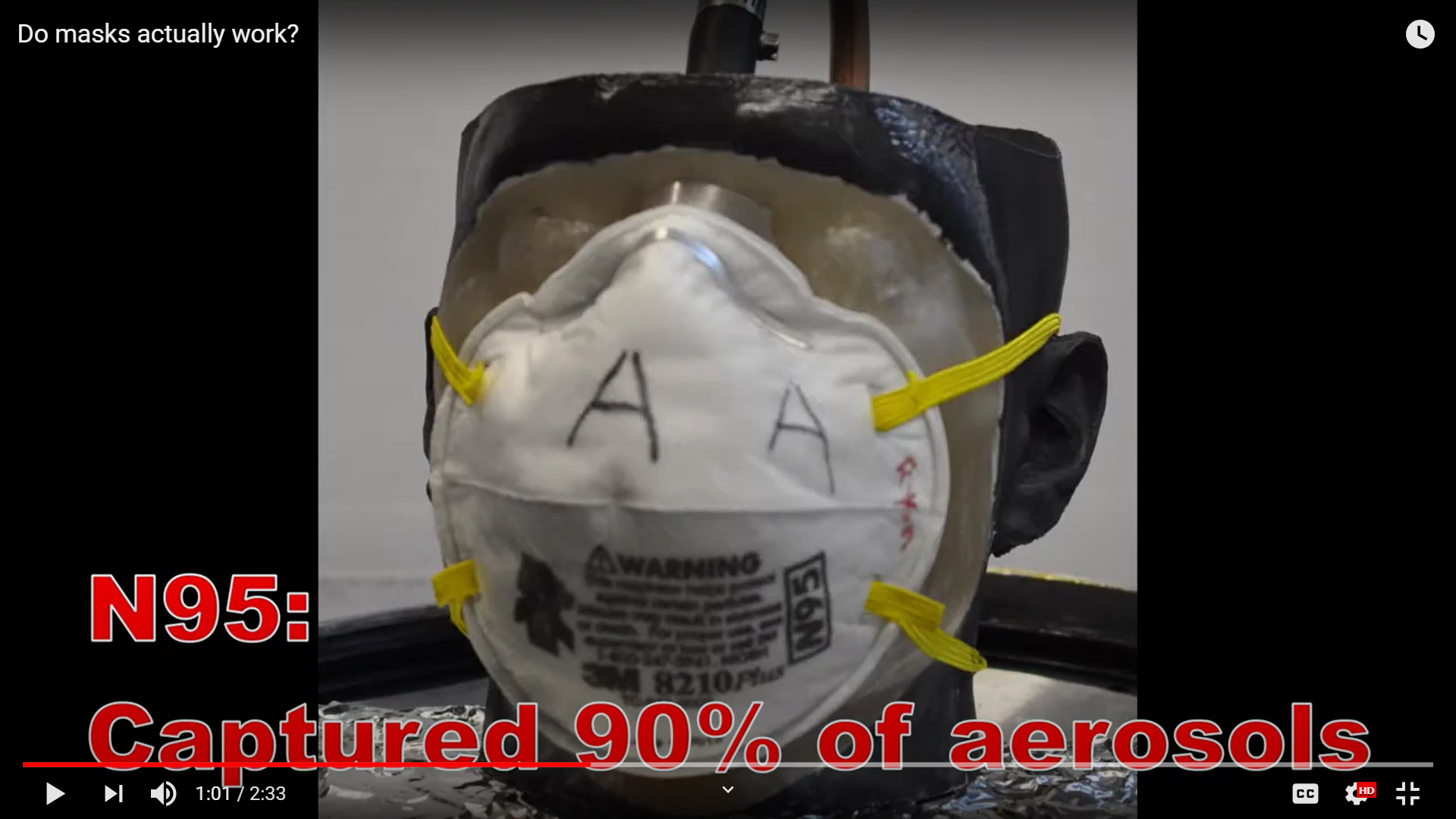UAF Computer Scientist Tests Efficacy of Face Masks Against COVID-19

As the COVID-19 pandemic began, computer science faculty member Orion Lawlor was one of many UAF researchers who turned to design locally manufactured personal protective equipment for front-line health care and public safety employees.
Lawlor used 3D printing devices in his UAF lab to design a face mask frame that could be custom fit to an individual's face. He printed it in just a few hours.
At home, he got even more creative. In his garage, Lawlor 3D-printed a human face out of flexible plastic, inserting tubes to allow particle-laden gases to flow through the nose. He applied various masks to the face and measured the percentage of particles that escaped. This allowed him to quantify how well different masks stop aerosol particles.
During his research, Lawlor found that N95 masks stopped up to 90% of aerosols. Dust
masks stopped 40%, loose cotton masks 10%, and bandanas 30%.
Watch Lawlor’s personal public safety announcement video to see the full results.
Lawlor’s work was supported in part by the Office of Naval Research and the UAF Center of Innovation, Commercialization, and Entrepreneurship’s Immediate Innovation
for Coronavirus Project.
For more information on this testing project, please contact Orion Lawlor at lawlor@alaska.edu.
Screenshot from Lawlor’s PSA on wearng masks.


